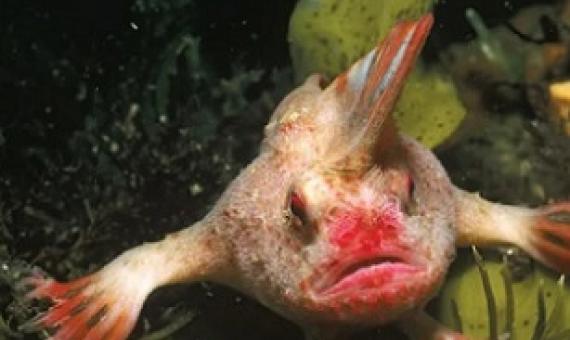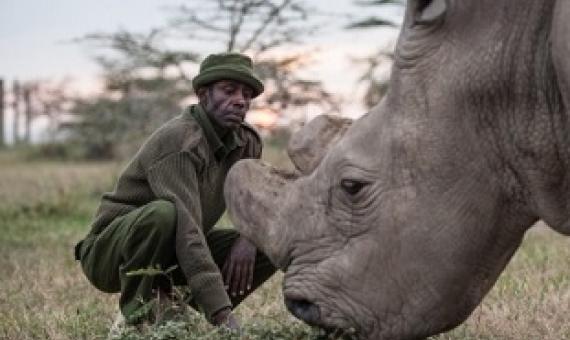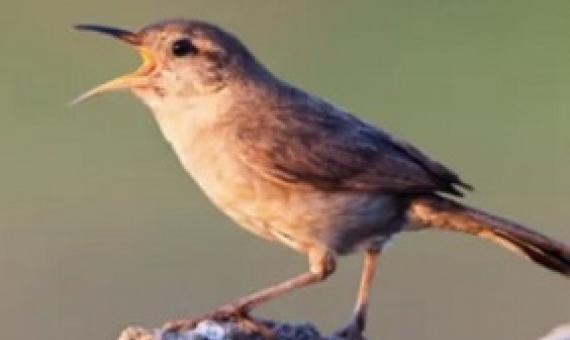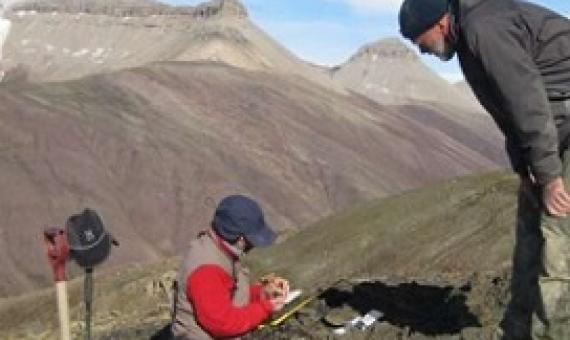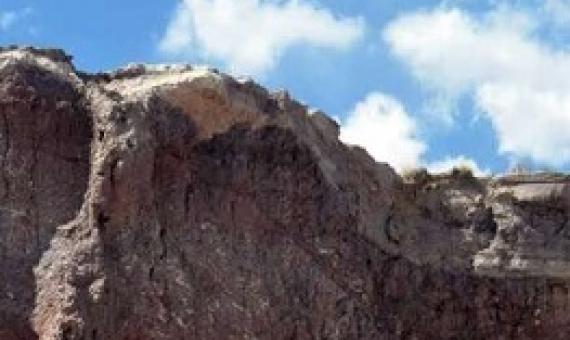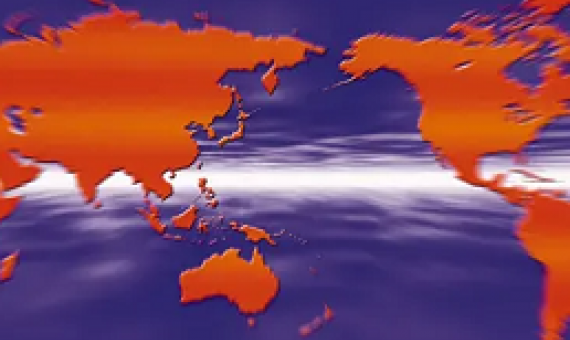For centuries humans believed the ocean was so vast that it was impossible to do it measurable harm.
Researchers at the University of Turku have discovered 40 new species so far this year, including 17 spiders, 23 insects, one millipede, and one lizard. In addition, the experts have described four genera that were previously unknown.
Next year, all eyes will be on Kunming, China, as talks resume on a new set of global goals to protect biodiversity. These are much needed, because most of the existing 20 targets, which were set in 2010 in Aichi, Japan, have failed to make an impact on the rate of biodiversity loss.
Humans are causing a mass extinction. And humans can stop it...Earth is now in the middle of a mass extinction, the sixth one in the planet’s history, according to scientists. And now a new study reports that species are going extinct hundreds or thousands of times faster than the expected rate.
Vertebrates on the brink as indicators of biological annihilation and the sixth mass extinction
The ongoing sixth mass species extinction is the result of the destruction of component populations leading to eventual extirpation of entire species. Populations and species extinctions have severe implications for society through the degradation of ecosystem services. Here we assess the extinction crisis from a different perspective. We examine 29,400 species of terrestrial vertebrates, and determine which are on the brink of extinction because they have fewer than 1,000 individuals. There are 515 species on the brink (1.7% of the evaluated vertebrates).
Humanity will be “finished” if we fail to drastically change our food systems in response to the coronavirus pandemic and the climate crisis, the prominent naturalist Jane Goodall has warned.
Researchers at the University of Southampton have shown that an extinction event 360 million years ago, that killed much of the Earth's plant and freshwater aquatic life, was caused by a brief breakdown of the ozone layer that shields the Earth from damaging ultraviolet (UV) radiation.
A team of University of Rhode Island scientists and statisticians conducted a sophisticated quantitative analysis of a mass extinction that occurred 215 million years ago and found that the cause of the extinction was not an asteroid or climate change, as had previously been believed.
Governments should use the urgency of the Covid-19 pandemic to address 10 potentially catastrophic threats to the survival of the human race, according to a report by a collection of prominent Australian researchers and public figures.
Functional diversity of marine megafauna in the Anthropocene
Marine megafauna, the largest animals in the oceans, serve key roles in ecosystem functioning. Yet, one-third of these animals are at risk of extinction. To better understand the potential consequences of megafaunal loss, here we quantify their current functional diversity, predict future changes under different extinction scenarios, and introduce a new metric [functionally unique, specialized and endangered (FUSE)] that identifies threatened species of particular importance for functional diversity.

